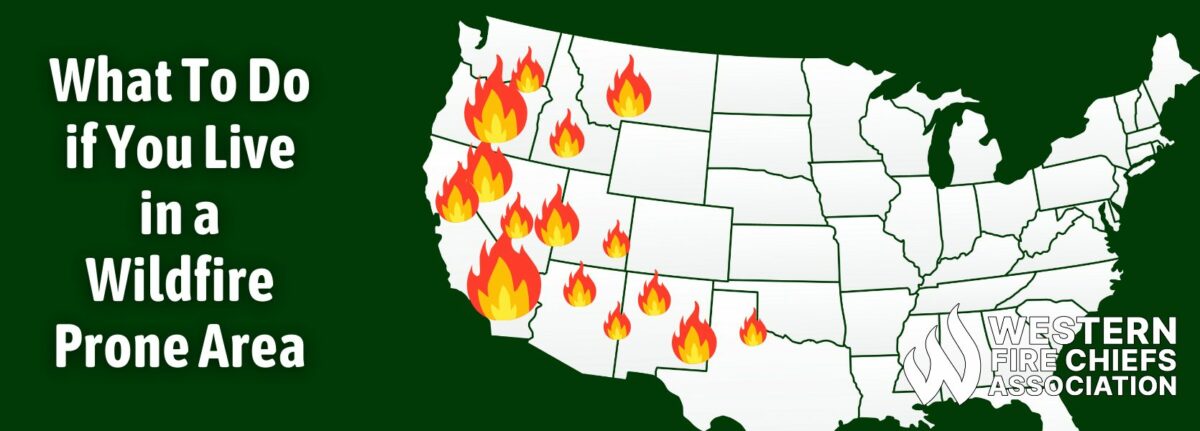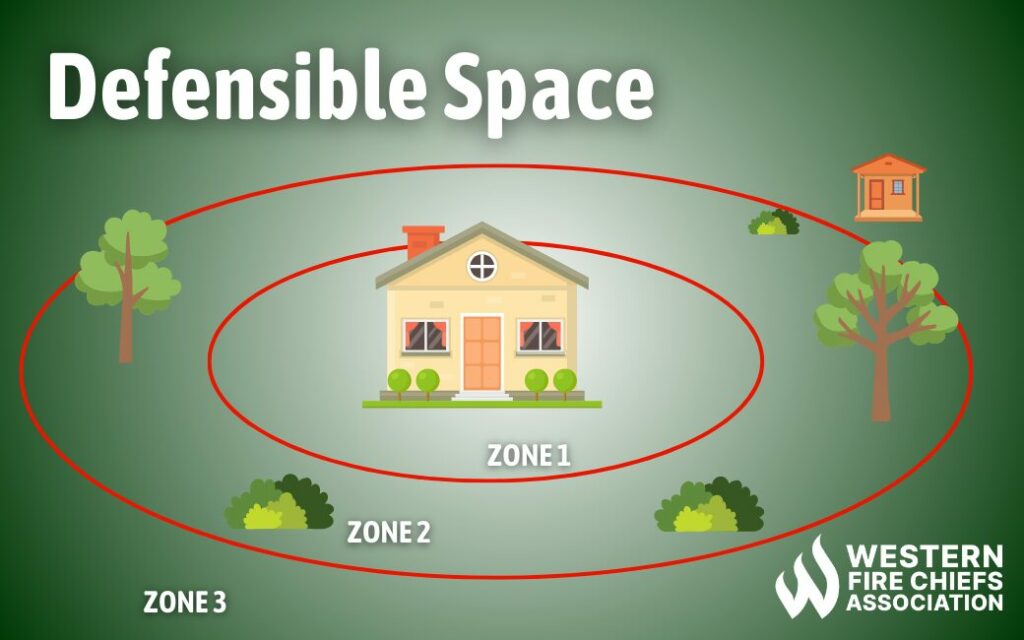Fire Pit Safety Tips
Stay safe around the campfire with tips from the Western Fire Chiefs Association. Learn essential precautions and practices for a worry-free outdoor campfire.
Living in a wildfire prone area? Learn essential tips on wildfire preparedness and safeguarding your home. Be proactive in protecting your community and property.
Published:February 13, 2024
Edited:April 24, 2024

Living in a wildfire prone area? Learn essential tips on wildfire preparedness and safeguarding your home. Be proactive in protecting your community and property.
Being fire-safe is the number one most effective way to reduce the risk of wildfire damage to your property if you live in a wildfire-prone area. Reducing this risk requires taking action to eliminate potential fire hazards that can lead to further damage. Common hazards include dry vegetation, flammable debris, and a lack of defensible space. By proactively managing fire risks, homeowners can significantly reduce the likelihood of wildfire damage and enhance overall safety for their community.
In recent years, wildfires have increased in frequency and intensity due to climate change. These increases allow for longer fire seasons and increased fire risk in fire-prone areas. Certain states in the western United States, including California, Oregon, Washington, and parts of Arizona, Nevada, and Colorado, are particularly prone to wildfires. This is due to the arid climate and frequent drought conditions in these regions, resulting in dry landscapes that are highly susceptible to ignition. Climate change exacerbates these conditions by increasing temperatures, prolonging droughts, and altering precipitation patterns, creating more conducive environments for wildfires to ignite and spread.1 Within these states, areas located near forests, grasslands, and urban-wildland interfaces are particularly vulnerable due to the proximity to potential ignition sources and the rapid spread of fires from these areas into residential communities.
Creating defensible space around your home and structures can slow or stop the spread of wildfire and help protect your property. This wildfire mitigation strategy is extremely encouraged in areas prone to wildfire activity.2 Defensible space is a buffer zone between a building and the surrounding vegetation to reduce the risk of fire damage and improve firefighting effectiveness. The concept is divided into three distinct zones, each with its specific requirements and objectives. Here are the zones explained:

When choosing plants for landscaping in fire-prone areas, homeowners should prioritize species with characteristics that minimize fire risks. Plants native to the area are well adapted to the local climate and can thrive with minimal water and maintenance, while also reducing the likelihood of ignition. Selecting plants with high moisture content and low resin or sap content can significantly reduce their flammability as well.5
Regular maintenance is crucial for reducing fire hazards. This involves pruning dead branches, clearing dry leaves and debris, and thinning dense vegetation. Proper plant spacing and clearance around structures decrease the risk of fire reaching buildings. Also, consider creating man-made firebreaks by adding fire-resistant features such as stone pathways.
Seasonal maintenance is essential for maintaining a fire-resilient landscape and reducing the risk of wildfire damage to homes and properties throughout the year. Here are some recommended maintenance tasks to keep your home safe from wildfires year-round:
Understanding the specifics of your insurance coverage is critical, particularly when it comes to what is covered in the event of a wildfire. Policies can vary significantly in terms of coverage limits, deductibles, and exclusions related to wildfire damage. Some policies may cover damage caused directly by fire, while others may also provide coverage for smoke damage, ash cleanup, and additional living expenses incurred if you are forced to evacuate. It is important to be aware of any limitations or exclusions in your policy, such as coverage for outbuildings, landscaping, or belongings stored off-site. It is also important to consider whether your coverage limits are sufficient to fully rebuild or repair your home and replace your belongings in the event of a total loss.7
Being prepared with an evacuation plan and checklist ensures the safety of yourself, your loved ones, and your pets in the event of a wildfire. Consider the needs of family members who may have special requirements, such as elderly relatives or individuals with disabilities, and make appropriate arrangements to ensure their safety during evacuation.
Start by familiarizing yourself with local evacuation routes and emergency shelters in your area. Develop a family communication plan that includes designated meeting points and emergency contacts. Prepare an emergency kit containing essential items such as water, non-perishable food, medications, important documents, flashlights, and first-aid supplies.
Create a checklist of tasks to complete before evacuating, including shutting off gas and utilities, securing windows and doors, and moving flammable items away from your home’s exterior.
Stay safe around the campfire with tips from the Western Fire Chiefs Association. Learn essential precautions and practices for a worry-free outdoor campfire.
Discover essential firework safety tips to ensure a dazzling display without accidents. Learn how to celebrate responsibly with expert guidance from WFCA.
Explore the role of AI in wildfire prediction with guidance from the WFCA. Learn how advanced algorithms and data analytics enhance early detection and response.